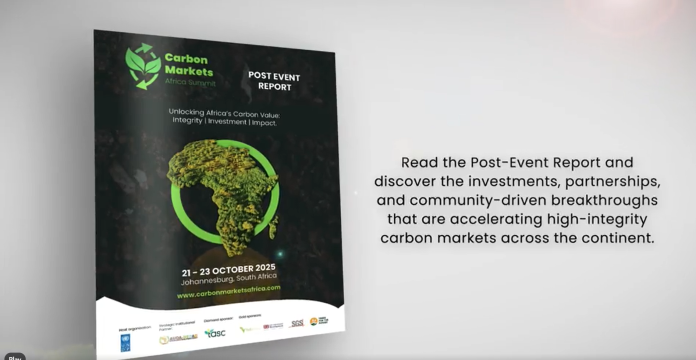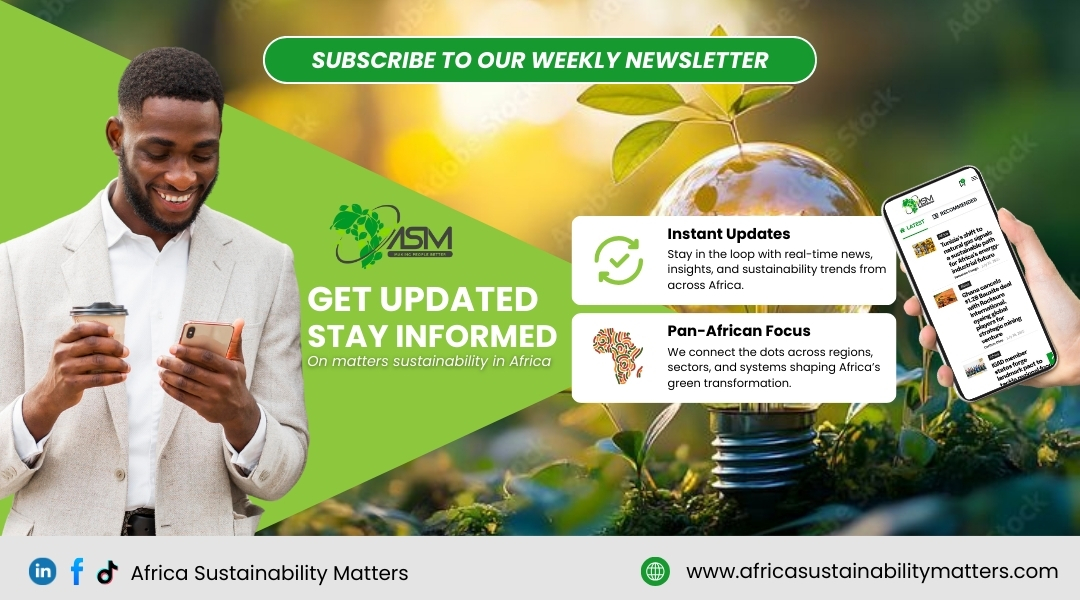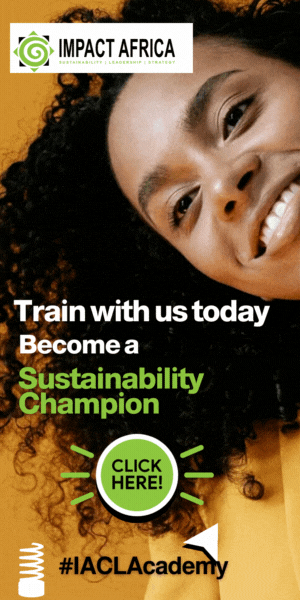Over 330 delegates from 107 countries met in South Africa from 21 to 23 October for the Carbon Markets Africa Summit 2025 to determine how African governments, investors, and project developers can expand the continent’s role in global carbon markets and clarify a unified position ahead of COP30. The gathering examined the state of domestic frameworks, investment appetite, community participation, and readiness to implement Article 6 of the Paris Agreement.
Discussions opened with an assessment of Africa’s current share of global carbon transactions, which stands at roughly 4%. This figure, compared with the continent’s extensive forests, mangroves, rangelands and peatlands, shaped conversations on the scale of untapped value.
Market projections presented at the summit showed the voluntary carbon market growing from USD 2 billion in 2021 to about USD 50 billion by 2030, and carbon prices potentially rising from today’s levels of around USD 4.80 per tone to as high as USD 125 by 2035. Those numbers influenced debates on how African states could use carbon income to support energy transitions, land restoration, climate-resilient agriculture, and national climate targets.
Read also: Inside G20 Declaration: Landmark commitments on Africa’s energy, debt, and climate agenda
A major focus was the development of domestic carbon market regulations. Several countries reported ongoing work to establish national registries, approval systems, and Article 6 readiness programmes.
Speakers noted that these frameworks are beginning to attract investor interest by improving predictability and strengthening the credibility of African-generated credits. Delegates from Kenya, Ghana, Nigeria, Senegal and Zambia highlighted reforms being implemented to clarify institutional responsibilities, improve data systems and set benefit-sharing rules.
Community participation featured prominently. With more than 40% of intact landscapes in Africa under customary or communal management; governments, NGOs and project developers discussed the need for transparent agreements with local land stewards. Presenters stressed that long-term access to land, continued livelihood opportunities, and accountable distribution of carbon revenues are central requirements for high-integrity credits.
Examples were drawn from ongoing work in Kenya’s Lake Victoria Basin agroforestry programme, Zambia’s rangeland restoration efforts, and forest rehabilitation initiatives in Ghana, where project models link carbon income to farm diversification, soil improvement and employment for rural youth.
Project presentations across sectors illustrated how carbon finance is being connected to practical environmental work. Biochar projects from East Africa outlined how agricultural residues can be converted into carbon-negative soil enhancers.
Clean cooking, forestry, and regenerative agriculture initiatives from Nigeria, Tanzania, Senegal and South Africa offered evidence on emissions reduction potential, certification requirements and long-term monitoring methods. These case studies were used to analyse what constitutes verifiable additionality and how developers can prepare documentation that meets investor scrutiny.
The investment perspective was addressed in roundtables that brought together 35 investors and financial institutions. Requirements repeatedly cited included consistent national policies, robust measurement and verification systems, and risk-mitigation instruments.
Blended finance, catalytic capital, carbon insurance and long-term offtake agreements were identified as tools that can help early-stage African projects reach bankability. Institutions such as the African Development Bank, FSD Africa and Offset8 Capital noted that while interest is growing, capital will continue to concentrate in countries where regulatory processes are clear and data reporting is reliable.
Capacity building emerged as one of the continent’s largest constraints. Across public agencies and private developers, shortages were noted in technical staff trained in carbon accounting, monitoring technologies, legal structuring, community engagement, and verification processes.
The summit highlighted the need for national centres of expertise, public–private training programmes, and uniform guidance on baseline methodologies to support the expansion of Africa’s project pipeline.
Policy makers used the Ministerial Roundtable to reflect on lessons from the Clean Development Mechanism and outline conditions they want embedded in the next phase of market participation. These included transparent oversight, equitable sharing of revenues with local communities, and strong national ownership over credit authorization under Article 6. Governments signaled an intention to coordinate positions ahead of COP30 to ensure African jurisdictions negotiate from a clearer and more collective standpoint.
Technical dialogue sessions hosted by UNEP and UN-REDD examined how national strategies can align with local initiatives through jurisdictional approaches. The discussions highlighted that jurisdictional REDD+ can consolidate fragmented project landscapes, increase verification efficiency and provide stronger assurance to buyers that emissions reductions are consistent with national climate pathways.
Read also: Malawi launches world’s first AI-verified paris agreement platform at COP30
Summit organizers also monitored the event’s own emissions, including travel, energy, staging and catering, with results to be published as part of the next sustainability disclosure. Attendance data showed participation from 209 companies, 77 speakers and a sector mix spanning carbon management, finance, agriculture, biodiversity, renewable energy, policy and advisory services.
As the summit closed, African delegates outlined priorities for the year ahead: scaling institutional readiness for Article 6 implementation, improving transparency, strengthening technical capacity, and expanding high-integrity project pipelines rooted in community partnerships. These outcomes will inform Africa’s joint engagement at COP30, where the continent aims to secure stronger recognition of its natural assets and a more equitable share of global carbon finance.
Access the report, here.






